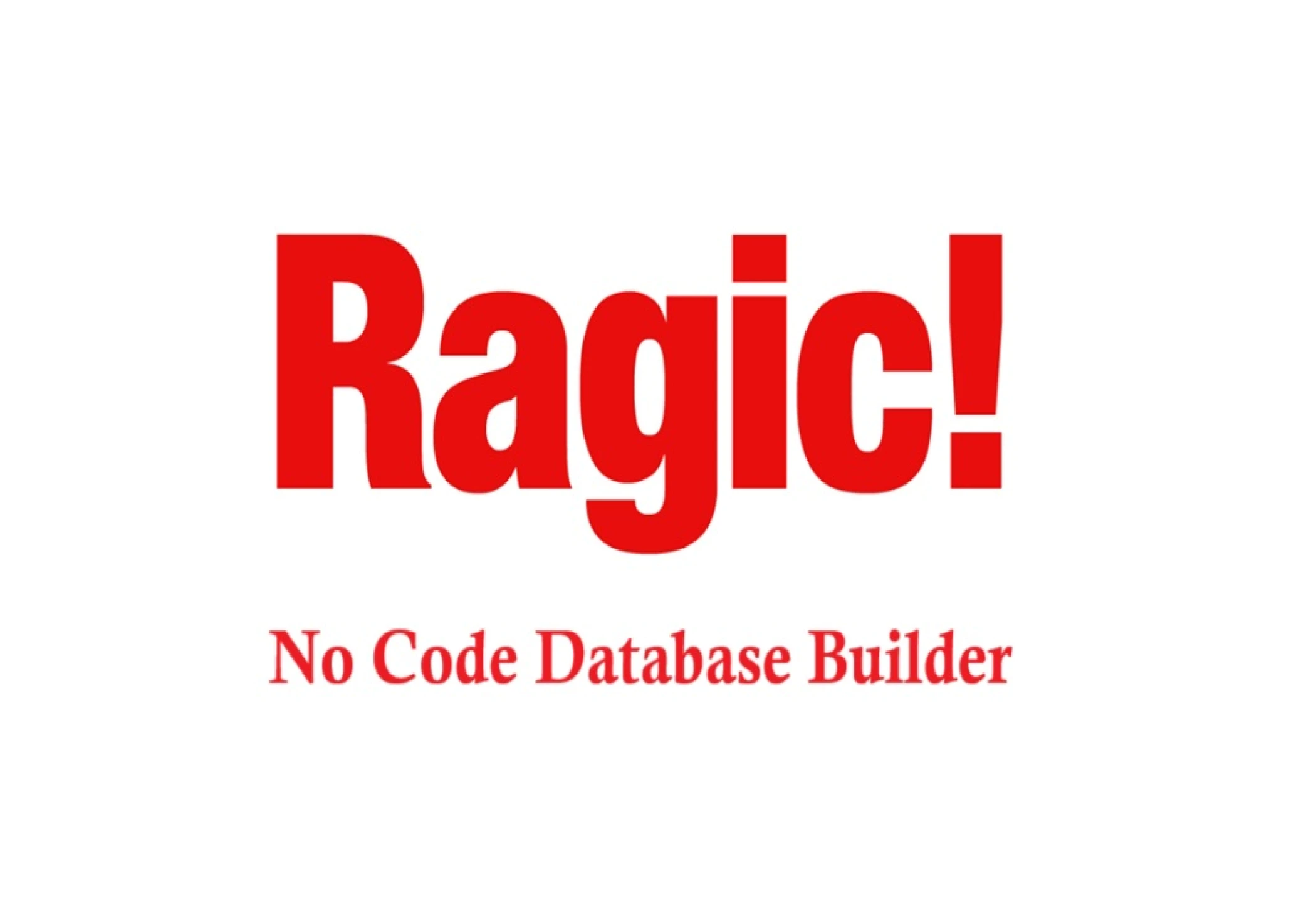
A no-code database builder is a tool that lets people make apps that use databases without having to write any code. Instead of using traditional programming, users design their systems using visual interfaces, which often include drag-and-drop tools, form builders, and layouts that look like spreadsheets.
Why No-Code Database Builders Matter
Many companies use spreadsheets or old systems that don't work well with larger amounts of data. Custom software could fix these problems, but it's costly, takes a long time to build, and needs skilled developers. No-code database builders fill this gap by letting non-technical users like project managers, operations teams, analysts, and small business owners build the systems they need themselves.
Ragic
Ragic, Inc., a software company that makes a no-code database builder to help businesses make their own database applications without having to write code. The company's main goal is to give business users the power to create systems, even if they don't know how to code.
Ragic has a spreadsheet-style interface that is similar to Excel, but it is built on a flexible and relational database architecture. This lets users create anything from simple contact management tools to complex ERP systems.
Jeff Kuo started Ragic in 2008. The company's main office is in Taipei, Taiwan, but it also has offices in the US (Ragic, Inc. is based in California). As of 2025, Ragic had made about US$4.5 million in sales.
Ragic is a big part of a trend in enterprise software: making development available to everyone. As more companies go digital, not everyone needs (or wants) to rely on a dedicated IT team for every internal tool. Ragic helps organizations by letting non-developers build and maintain their own systems.
Cut down on expensive custom software projects. Make your business more flexible and able to adapt to change. Give operational teams control over their data and workflows. Close the gap between business knowledge and action.
Ragic was developed to solve a common problem that many businesses have: Excel is too common. Many businesses use spreadsheets to keep track of their data, but spreadsheets don't work well when there are a lot of them, are easy to make mistakes with, and don't have a relational structure.
On the other hand, making custom software the old-fashioned way is expensive, slow, and risky. Making custom databases usually needs developers, long project cycles, and ongoing maintenance.
Challenges & Considerations
- Learning Curve: New users may still feel scared when designing from scratch, even though it's easier to use than traditional databases.
- Complexity Limits: Very complex or very specialized systems may need more technical customization than Ragic can provide on its own.
- Competition: There are a lot of no-code and low-code tools on the market (like Airtable and AppSheet), so Ragic needs to keep finding ways to stand out.
- AI Dependence: Ragic AI is powerful, but natural language interfaces may sometimes miss domain-specific nuances, which means they need to be manually refined.












